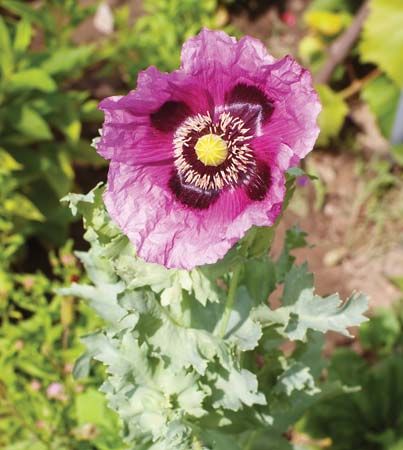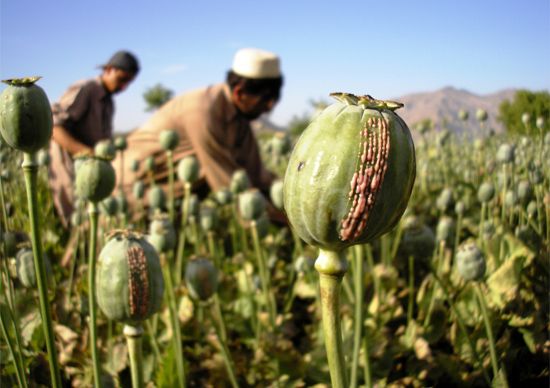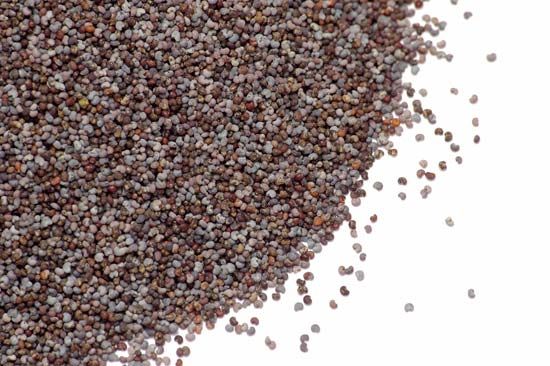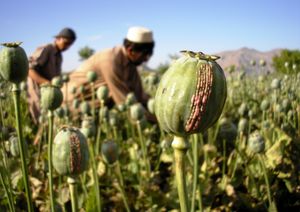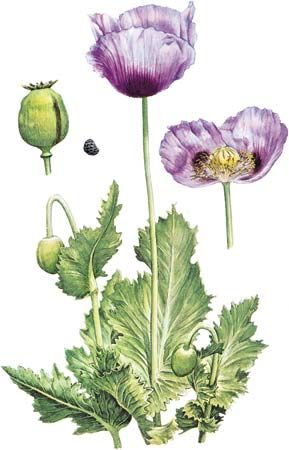opium poppy
Our editors will review what you’ve submitted and determine whether to revise the article.
- United Nation Office on Drugs and Crime - The Opium Poppy
- Journal of Biological Chemistry - Morphine Metabolism in the Opium Poppy and Its Possible Physiological Function
- University of Wisconsin-Extension - Master Gardener Program - Breadseed or Opium Poppy, Papaver somniferum
- Nature - Insights into opium poppy (Papaver spp.) genetic diversity from genotyping-by-sequencing analysis
- CORE - Survey and monitoring of opium poppy and wheat in Afghanistan: 2003 to 2009
- National Center for Biotechnology Information - PubMed Central - Morphology, Taxonomy, Anatomy, and Palynology of the Opium Poppy (Papaver somniferum L.) Cultivation in Northern Thailand
- Go Botany - Opium poppy
- Related Topics:
- opium
- heroin
- morphine
- poppy seed
- opiate
opium poppy, (Papaver somniferum), flowering plant of the family Papaveraceae, native to Turkey. Opium, morphine, codeine, and heroin are all derived from the milky latex found in its unripe seed capsule. It is also grown for its tiny nonnarcotic ripe seeds, which are kidney-shaped and grayish blue to dark blue; the seeds are used in bakery products and for seasoning, oil, and birdseed (see poppy seed).
The opium poppy is an annual plant and can reach about 1–5 metres (3–16 feet) tall. It has lobed or toothed silver-green foliage and bears blue-purple or white flowers some 13 cm (5 inches) wide. Red-flowered and double and semidouble strains have been developed as garden ornamentals. The seeds are borne in a spherical capsule topped by a disk formed by the stigmas of the flower; the seeds escape from pores beneath the disk when the capsule is shaken by the wind.

